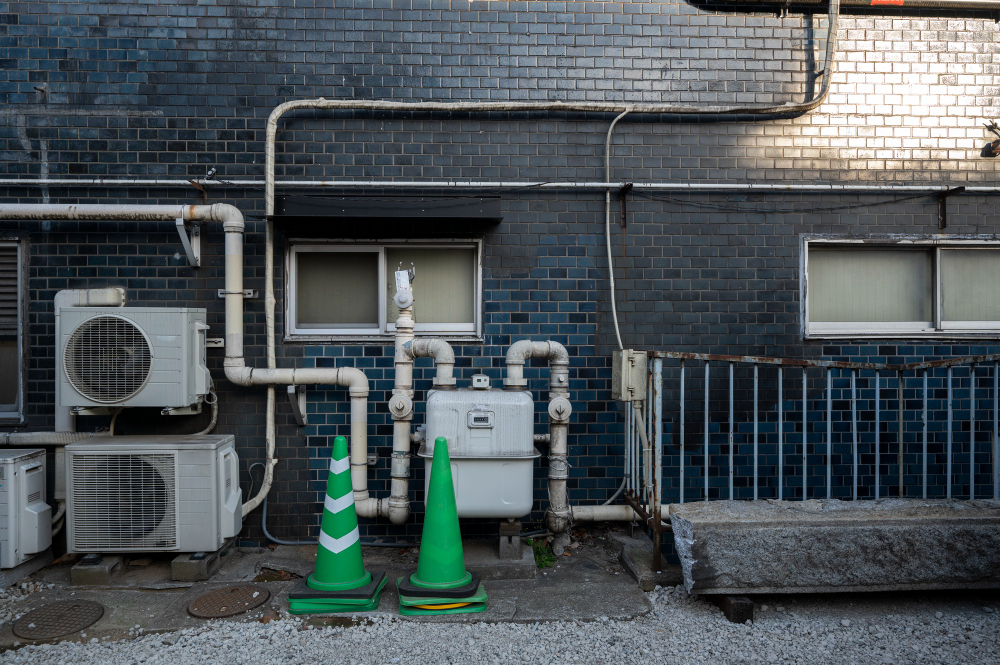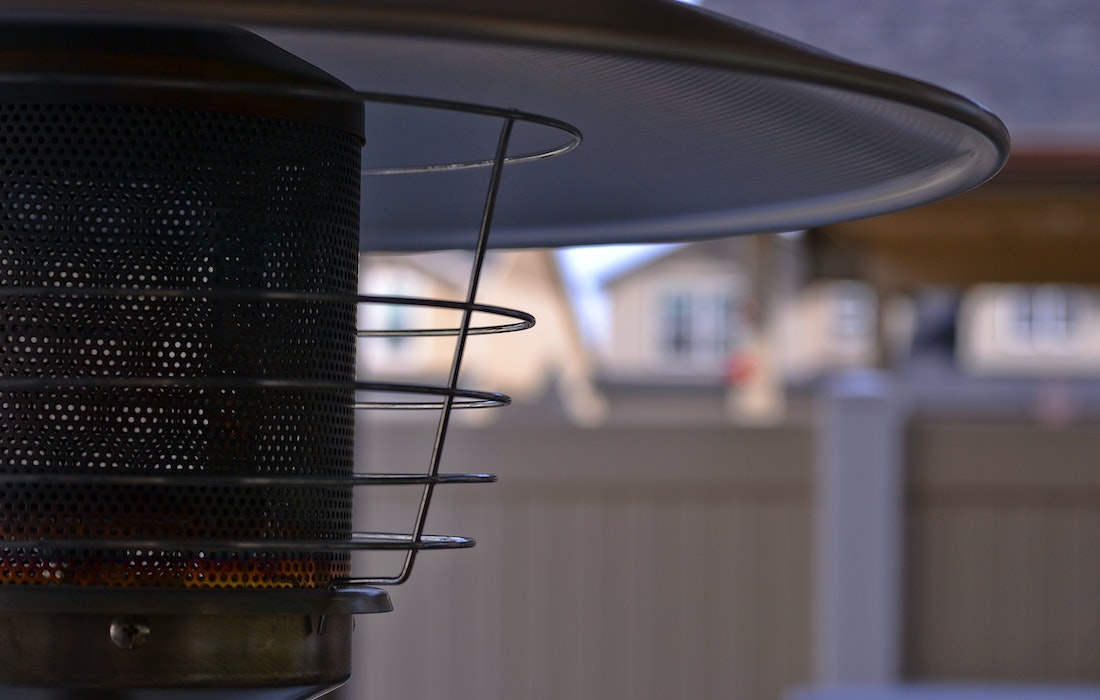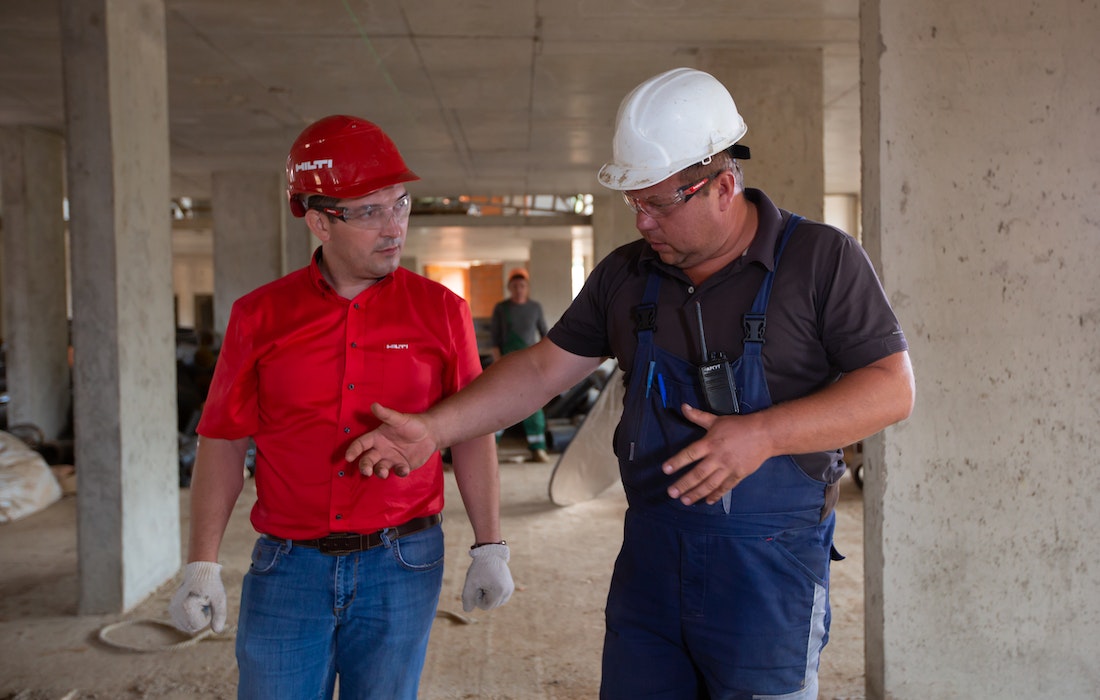A carport and garage have long been popular home additions, providing shelter for vehicles and extra storage space. However, in recent years, garages have become the more prominent option. In fact, according to 2019 data, 65% of new homes in the United States have two-car garages.
As such, maintaining and keeping the garage functional has become crucial. Among the popular additions to garages is the installation of a garage heater, which provides comfort during colder months and protects vehicles from damage caused by extreme temperatures.
This article will discuss everything you need to know about garage heater installation, including tips and tricks for a successful installation. By following these steps, you can be sure your garage heater will function optimally and keep your car, garage tools, and other items stored in the garage warm and protected.
- What Is A Garage Heater?
- Different Types Of Garage Heaters And Their Features
- How Does A Garage Heater Work?
- Benefits Of Installing A Garage Heater
- Factors To Consider Before Installing A Garage Heater
- Tools And Materials Required For Installing A Garage Heater
- Step-By-Step Process For Installing A Garage Heater
- Common Installation Issues And Troubleshooting Tips
- Safety Tips And Precautions To Follow While Using Garage Heater
- FAQs
What Is A Garage Heater?
 A garage heater is a heating system designed specifically for garages or similar spaces. It helps maintain a comfortable temperature in the garage during colder months, protecting vehicles and other items stored in the room.
A garage heater is a heating system designed specifically for garages or similar spaces. It helps maintain a comfortable temperature in the garage during colder months, protecting vehicles and other items stored in the room.
Different Types Of Garage Heaters And Their Features
There are several types of garage heaters available in the market today, each with its own set of features and benefits. Below are some of the most popular types of garage heaters and their features:
Gas Heaters
Gas heaters are powered by natural gas or propane and are ideal for oversized garages or workshops. They are known for their fast and efficient heating capabilities and can easily maintain a consistent temperature in the space. Gas heaters are relatively low-maintenance and can provide years of reliable service.
Electric Heaters

Electric heaters are powered by electricity and are best for smaller garages or spaces where a gas line is unavailable. They are easy to install and operate and require little to no maintenance. However, they are typically more expensive to run than gas heaters and may not provide the same level of heating capacity.
Propane Heaters
Propane heaters are similar to gas heaters in that they are powered by propane, but they are typically more portable and easier to move around. They are fit for outdoor spaces or smaller garages and workshops. Propane heaters are known for their efficiency and can provide reliable heat for several hours in a single tank.
How Does A Garage Heater Work?
The exact functioning of a garage heater will depend on the type of heater being used. However, the general principle behind all garage heaters is the same: to generate and circulate heat throughout the space.
Gas and propane heaters burn fuel to generate heat, which is then distributed through the space via a fan or other form of circulation. Electric heaters convert electricity into heat through a heating element, which is then distributed through the area via a fan or other means.
Benefits Of Installing A Garage Heater
Installing a garage heater can provide several benefits, including:
- Keeps your car warm in cold weather: A garage heater can help maintain a warm temperature in the garage during cold weather, which can help keep your car’s engine and battery warm, making it easier to start on cold mornings.
- Protects your car from moisture, rust, and other damage: Extreme temperatures, especially during winter months, can cause moisture buildup in a garage, which can lead to rust and further damage to your car. A garage heater can help prevent this by keeping the space dry and moisture-free.
- Increases comfort level while working in the garage: A garage heater can make the garage a more comfortable space, especially during colder months. It can help maintain a constant temperature, which can be particularly beneficial for those who work on projects or spend a lot of time in the garage.
- Helps maintain a constant temperature for better performance of power tools: Power tools and other equipment used in the garage can be negatively affected by extreme temperatures. A garage heater can help maintain a consistent temperature, leading to better performance and a longer lifespan of these tools.
Factors To Consider Before Installing A Garage Heater
Before investing in a garage heater, there are several factors you should consider to ensure you get the right one for your garage. By considering these factors, you can increase the efficiency of the heater and lower your energy costs.
Size and Layout of the Garage
The size and layout of the garage will determine the heating capacity required to effectively heat the space. The height of the ceiling, insulation, and other factors should also be considered.
Fuel Type and Availability
Different garage heaters use different fuel sources, such as natural gas, propane, or electricity. The availability of fuel in your area, as well as the cost and efficiency of the fuel, should be considered when choosing a heater.
Heating Capacity and Efficiency
The heating capacity of the heater should be appropriate for the size of the garage. Additionally, the efficiency of the heater should be considered to ensure it is cost-effective and does not consume excessive energy.
Budget and Cost of Installation
The heater and installation cost should be considered, as well as the long-term cost of operating the heater. Choosing a heater that fits your budget and provides good value for money is essential.
Safety Features and Certifications
Choosing a garage heater with safety features, such as automatic shut-off, is important in case of overheating or carbon monoxide detection. Additionally, ensure that the heater is certified by a reputable organization for safety and efficiency.
Tools And Materials Required For Installing A Garage Heater
The specific tools and materials required for installing a garage heater will depend on the type and model of the heater, as well as the layout and construction of the garage. However, some general tools and materials that may be required include:
-
- Screwdriver: A screwdriver may be needed to remove or install screws on the heater or mounting brackets.
- Stud Finder: A stud finder can be used to locate studs in the wall or ceiling where the heater will be mounted, ensuring that it is securely installed.
- Electrical Wire: Electrical wire will be required to connect the heater to a power source, such as an electrical panel or outlet.
- Ductwork: Ductwork may be needed to connect the heater to an existing ventilation system or to vent exhaust gases outside.
- Ventilation Kit: If the heater requires ventilation, a ventilation kit may be required to ensure that exhaust gases are safely vented outside.
Step-By-Step Process For Installing A Garage Heater

The specific installation process will vary depending on the type and model of the garage heater being installed. The following is a general step-by-step guide that can be adapted to the specific requirements of your heater.
- Choose the location and mounting position for the heater. Ensure that it is securely mounted to studs or other appropriate support structures.
- Following the manufacturer’s instructions, connect the heater to a power source, such as an electrical panel or outlet. If using a gas or propane heater, ensure the fuel source is connected correctly, and the gas line is leak-free.
- If the heater requires ventilation, install ductwork and a ventilation kit according to the manufacturer’s instructions. Ensure exhaust gases are safely vented outside and not directed toward other parts of the building or living spaces.
- Install any required safety features, such as carbon monoxide detectors or automatic shut-off switches, in case of overheating.
- Test the heater to ensure it is functioning correctly and provides adequate heat. Adjust the settings as needed to achieve the desired temperature and airflow.
- Once the heater is properly installed and tested, ensure it is regularly maintained and serviced as the manufacturer recommends. It can help prevent malfunctions and ensure that the heater operates safely and efficiently.
Common Installation Issues And Troubleshooting Tips
- Wiring and Electrical Problems: Wiring and electrical problems are some of the most common installation issues for garage heaters. To troubleshoot, ensure that the electrical connections are secure and that the wiring is properly connected to a power source. If the heater is not receiving power, check the circuit breaker or fuse and reset it if necessary.
- Airflow and Ventilation Issues: Airflow and ventilation issues can arise if the heater is not properly installed or vented. Ensure the ductwork and ventilation kit are properly installed, and exhaust gases are safely vented outside. If the heater is not providing adequate airflow, check for any obstructions in the air intake or exhaust vents.
- Thermostat and Temperature Control Issues: Thermostat and temperature control issues may occur if the thermostat is not calibrated correctly or installed. Check the thermostat settings and calibration to ensure the heater maintains the desired temperature. If the thermostat is malfunctioning, it may need to be replaced.
- Carbon Monoxide and Gas Leaks: Carbon monoxide and gas leaks are serious safety concerns with gas or propane heaters. Ensure that the heater is properly installed and that gas lines are leak-free. Install carbon monoxide detectors in the garage and living spaces to alert you of potential gas leaks or build-up.
- Maintenance and Cleaning Tips: Regular maintenance and cleaning can help prevent many installation issues and prolong the life of the garage heater. Clean the air intake and exhaust vents regularly to avoid obstructions and ensure proper airflow. Replace air filters as recommended by the manufacturer. Schedule regular maintenance and servicing to address potential issues and keep the heater functioning safely and efficiently.
Safety Tips And Precautions To Follow While Using Garage Heater
- Install smoke detectors and carbon monoxide detectors in your garage and living spaces.
- Always follow the manufacturer’s instructions and guidelines for installing, operating, and maintaining the garage heater.
- Keep flammable materials such as gasoline, oil, and paint away from the heater.
- Never leave the heater unattended while in operation.
- Do not use the garage heater to dry clothes or towels.
- Keep children and pets away from the heater.
- Ensure that the garage door is open or adequately adjusted to prevent carbon monoxide build-up.
- Do not use propane heaters indoors, which can cause carbon monoxide poisoning.
- Regularly inspect the heater for any signs of damage or malfunctioning and immediately address any issues.
- Keep a fire extinguisher nearby in case of emergencies.
Installing a garage heater can provide several benefits, from keeping your car warm in cold weather to protecting it from moisture and other damage. With the right type of heater for your needs, you can enjoy a reliable heating performance with minimal maintenance requirements.
FAQs
1) Can you install a garage heater yourself?
While it is possible to install a garage heater yourself, it is recommended to hire a professional for safety and efficiency reasons. A professional can ensure that the heater is installed correctly and safely.
2) How much does it cost to put a heater in the garage?
The cost of installing a garage heater varies depending on factors such as the type of heater, heating capacity, fuel source, and installation requirements. On average, the cost can range from $500 to $2,500 or more, including installation fees.
3) Are garage heaters expensive to buy?
Some garage heaters can be relatively inexpensive, costing around $100, while others can cost over $1,000. Garage heaters can range in price, but options are available at various price points to fit different budgets.
4) What type of heater is best to heat a garage?
Electric heaters and gas-powered forced-air heaters are popular choices for their efficiency, affordability, and effectiveness in quickly heating the space. But it will depend on the specific needs and preferences of the homeowner.
5) Where is the best place to put a heater in a garage?
The best place to put a heater in a garage is near the center of the room, away from any flammable materials or clutter. It is also important to ensure that the heater is mounted securely to prevent it from falling or being knocked over.
6) Do garage heaters need maintenance?
Yes, garage heaters need maintenance to ensure they continue to operate safely and efficiently. Maintenance tasks can include cleaning or replacing air filters, checking for gas leaks, inspecting electrical components, and cleaning the unit itself.



